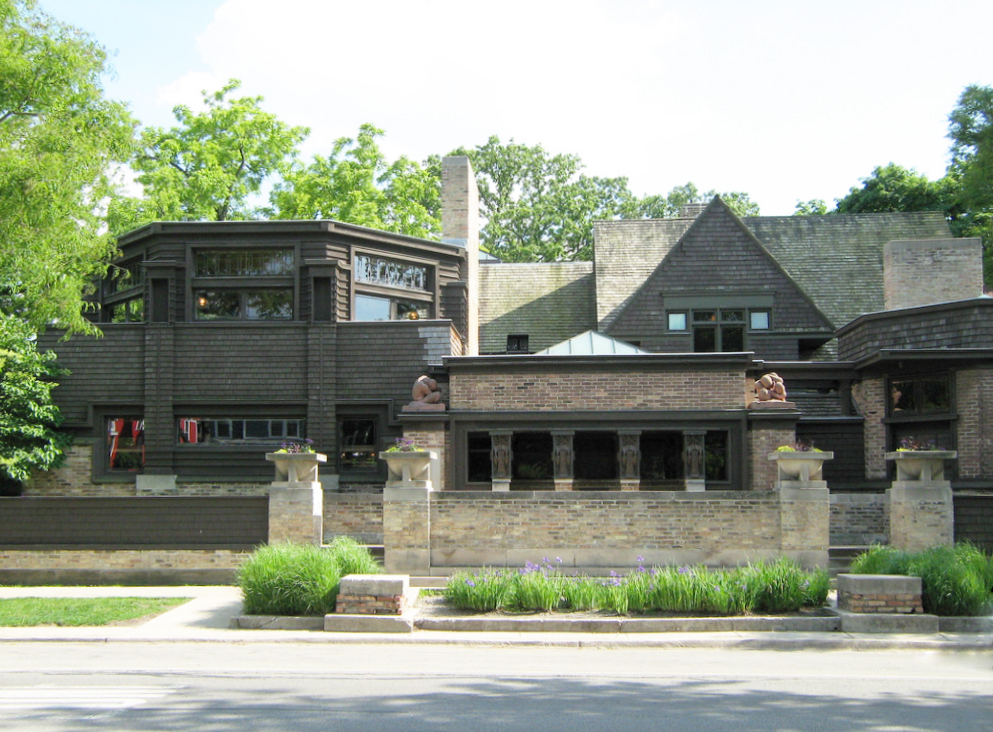Imagine a house that not only blends seamlessly with nature but also seems to float above a cascading waterfall. Welcome to Fallingwater, Frank Lloyd Wright’s architectural masterpiece. Nestled in the lush forests of Pennsylvania, this iconic structure redefines the relationship between human habitation and the natural world.
As you explore Fallingwater, you’ll discover how Wright’s innovative design harmonizes with the surrounding landscape. Every element, from the cantilevered terraces to the organic materials, invites you to experience nature in a new way. Whether you’re an architecture enthusiast or just someone who loves beautiful spaces, Fallingwater promises to captivate your imagination.
The Architectural Genius of Fallingwater
Fallingwater exemplifies Frank Lloyd Wright’s innovative design approach. It’s a landmark showcasing harmony between architecture and nature.

The Vision of Frank Lloyd Wright
Frank Lloyd Wright aimed to create homes that harmonize with their surroundings. Fallingwater sits directly above a waterfall. This bold placement captures natural beauty and serenity. Wright’s vision integrates stone, wood, and glass from the natural site.
Design Principles and Innovations
Wright embraced organic architecture. Cantilevered terraces extend over the water, creating an illusion of floating. Seamlessly, materials from the environment form part of the structure. Open spaces and natural light define the interior. Large windows frame views, bringing the outside in. The design redefines living spaces, balancing function and aesthetics.
The Historical Significance of Fallingwater
Fallingwater stands as an architectural marvel, famous for its innovative design and integration with nature.
Construction and Challenges
You’d find the construction of Fallingwater between 1936 and 1939. It astonished many with its use of cantilevers. Wright’s design posed significant engineering problems. Ensuring the house’s stability required consulting engineers to reinforce the structure. Local craftsmen had to adapt to Wright’s unique methods, resulting in longer construction times.
Recognition and Preservation Efforts
Fallingwater became a National Historic Landmark in 1966. It’s recognized for revolutionizing residential architecture. The Western Pennsylvania Conservancy acquired it in 1963, committing to preserving its integrity. They manage ongoing conservation projects, ensuring the site remains accessible to future generations.
Fallingwater as a Cultural Icon
Fallingwater stands as a cultural icon, illustrating the harmony of architecture and nature.
Appearances in Media and Literature
Fallingwater appears in numerous media and literature, showcasing its cultural significance. Its design graces the covers of architectural magazines like Architectural Digest. Travel shows frequently feature Fallingwater to highlight unique architectural landmarks. The house is often referenced in books on architecture and design, underlining its influence.
Influence on Modern Architecture
Fallingwater influences modern architecture by setting a standard for integrating buildings with their natural surroundings. Designers now prioritize seamless integration with the environment, just as Fallingwater does with its waterfall. Cantilevered designs are more common in contemporary houses, mirroring Wright’s innovative structure. The use of natural materials, seen in Fallingwater’s stone and wood, inspires sustainable design in modern homes.
Visiting Fallingwater
What to Expect on the Tour
You’ll walk through an architectural marvel suspended above a waterfall. See the cantilevered terraces and natural materials. Indoor spaces offer panoramic views of nature. Guides describe Frank Lloyd Wright’s vision in detail. Tours run about an hour, covering both interior and exterior areas. Photography and video are allowed only in designated spots.
Tips for Planning Your Visit
Book tickets online to secure your spot due to limited capacity. Arrive early to explore the site before your tour. Wear comfortable shoes; there’s walking and uneven terrain. Bring a camera for outdoor photos. Check weather forecasts; much of the tour is outdoors. Consider weekday visits for fewer crowds. Read up on the history for a richer experience.
Conclusion
Fallingwater isn’t just a house; it’s a testament to Frank Lloyd Wright’s genius and his ability to blend architecture with nature seamlessly. Whether you’re an architecture enthusiast or simply someone who appreciates beauty, visiting Fallingwater offers an unforgettable experience. So, grab your tickets, lace up your comfortable shoes, and get ready to be inspired by this architectural gem.






